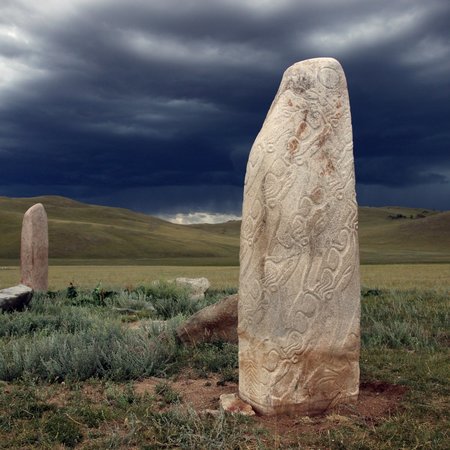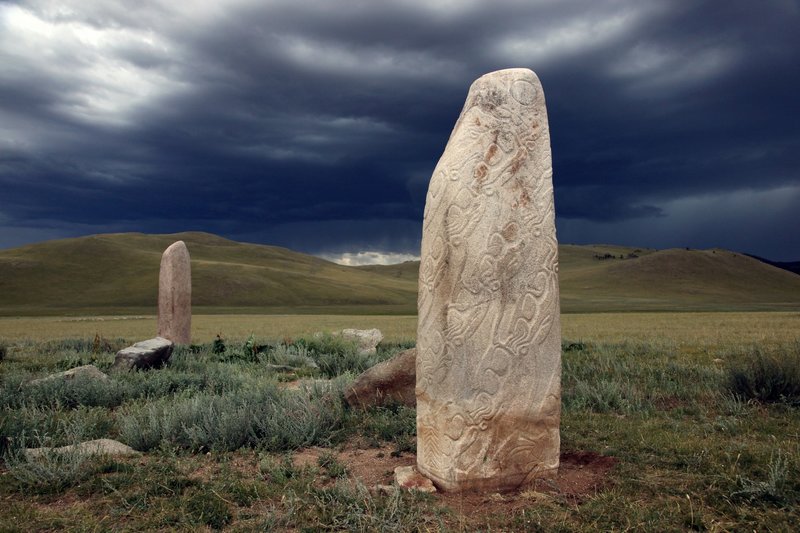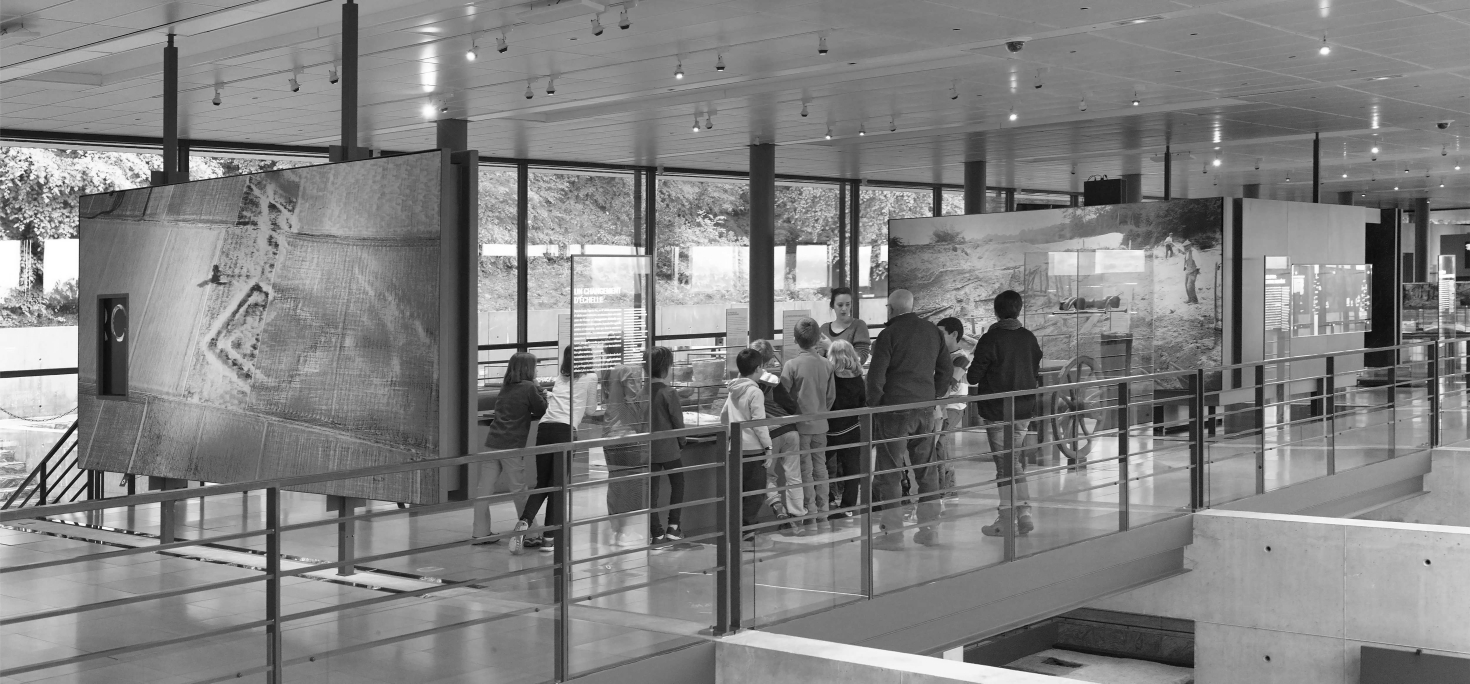

Discover the art of Mongolian nomads at the Musée archéologique d'Ensérune!
In the heart of the Mongolian steppes rise more than 1,200 granite stelae engraved with stylised deer motifs. These "deer stones" were carved by the first nomadic tribes of Upper Asia during the Final Bronze Age, between 1300 and 700 B.C. These monoliths, weighing several hundred kilos, are the remains of a powerful civilisation whose heirs were the First Steppe Empire and Genghis Khan, and whose cultural traits, notably equestrian practices and archery, seem to have endured to the present day.
The research carried out jointly by Mongolian archaeologists (National University and Academy of Sciences) and the team from the Museum of Prehistoric Anthropology in Monaco since 2006 at the Tastsyn Ereg site, 500 kilometres west of Ulan Bator, the capital of Mongolia, has provided a clearer picture of the daily lives of these nomadic populations, whose economic activity was based mainly on livestock rearing. The diversity and quality of the engravings on the stones and the objects found are rare testimonies to the culture of these nomadic peoples, whose imagination remains little known...
This exhibition was produced in collaboration with the Museum of Prehistoric Anthropology of the Principality of Monaco, the National University of Mongolia and the Mongolian Academy of Sciences.

